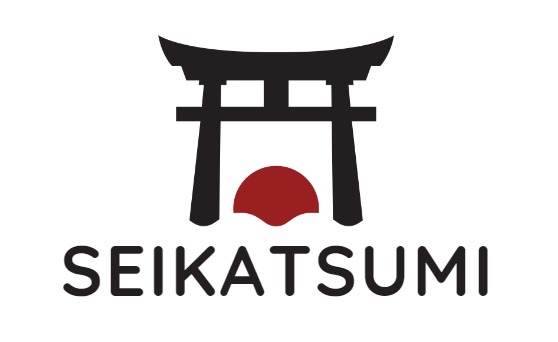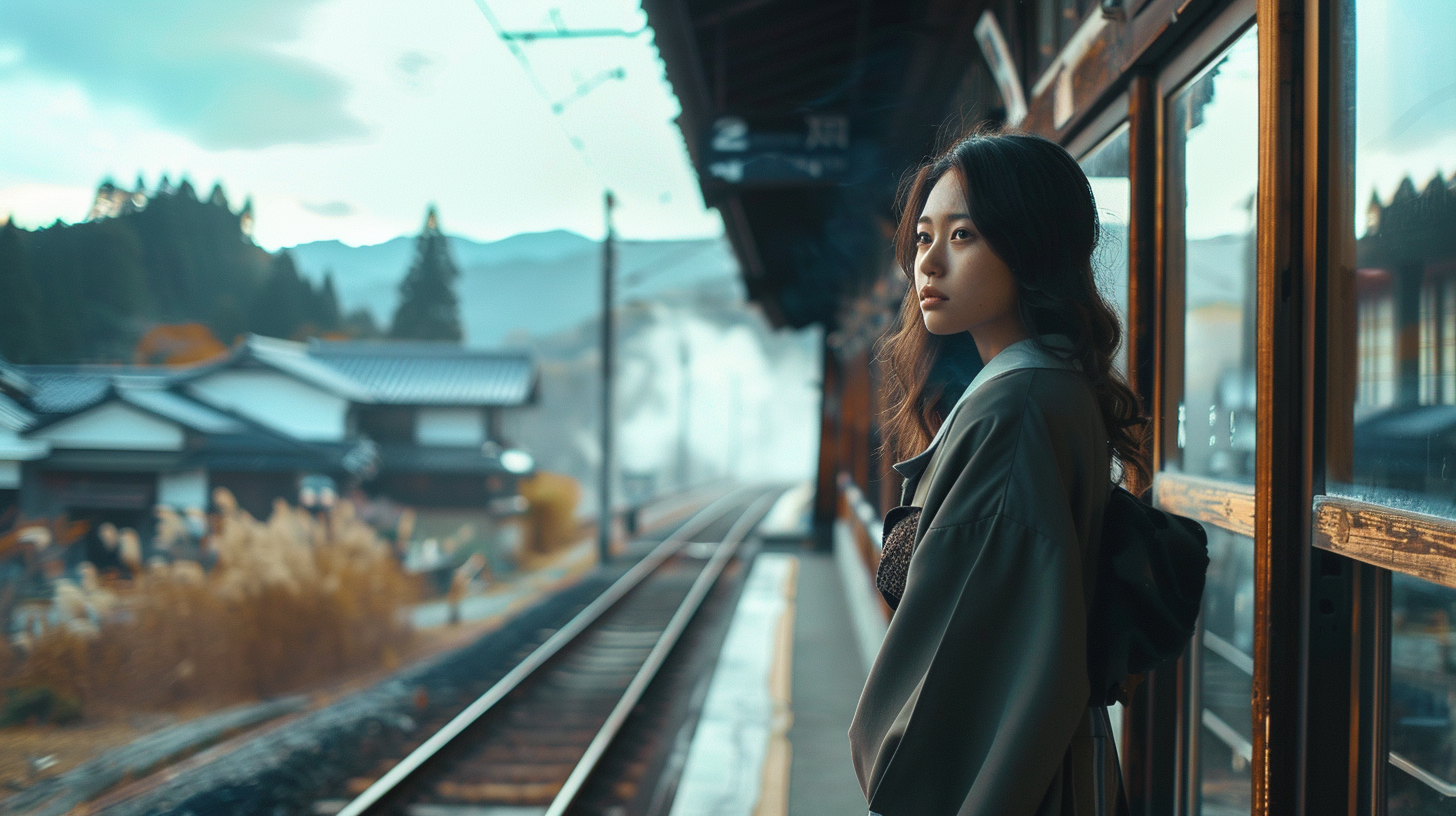Are you dreaming of exploring the scenic beauty of Japan? I’m thrilled to share my personal journey from Kyoto to Hakone with you—a trip that’s a must for anyone visiting Japan!
Whether you’re traveling solo or with friends, Hakone has something to offer everyone.
So, why wait? Dive into the adventure that awaits in Hakone!
Trust me, the mix of natural landscapes, cultural experiences, and modern comforts makes it an unforgettable journey.
Let’s go discover Hakone together! 🙂
Planning Your Journey

Are you planning a trip from Kyoto to Hakone?
As someone who has made this journey before, I’m excited to share my tips and insights to help you plan your trip.
Best Time to Travel
The best time to travel from Kyoto to Hakone is during the spring and autumn months. During these seasons, the weather is mild, and the scenery is breathtaking.
The cherry blossoms in spring and the colorful foliage in autumn make for a stunning backdrop to your journey.
However, keep in mind that these seasons are also the busiest, so be sure to book your transportation and accommodations in advance.
Transportation Options
There are several transportation options available for traveling from Kyoto to Hakone. The most popular option is taking the Shinkansen bullet train from Kyoto Station to Odawara Station, which takes about 2.5 hours.
From Odawara Station, you can access the Hakone area by Hakone Tozan Railway and various bus lines. Another option is taking a bus from Kyoto Station to Tomei Gotemba and then transferring to a bus to Hakone.
However, this option takes longer and may not be as comfortable as the Shinkansen.
Travel Duration
The travel duration from Kyoto to Hakone depends on the transportation option you choose. Taking the Shinkansen bullet train from Kyoto Station to Odawara Station takes about 2.5 hours.
From Odawara Station, you can access the Hakone area by Hakone Tozan Railway and various bus lines.
Alternatively, taking a bus from Kyoto Station to Tomei Gotemba and then transferring to a bus to Hakone takes longer, around 5 hours. Keep in mind that travel times may vary depending on traffic and other factors.
I hope this information helps you plan your journey from Kyoto to Hakone.
With the right planning and preparation, you’re sure to have an unforgettable experience.
Hey you! Are you interested in more travel tips? Then be sure to check out our top articles! You definitely can’t miss it!
Japanese Travel Destinations – Spring Edition: Our Top Spots 2024
Kyoto Highlights

Kyoto is a city that is rich in history, culture, and natural beauty. As a former capital of Japan, it has many historical landmarks that are worth exploring.
Here are some highlights of the best things to see and do in Kyoto:
Historical Landmarks
Kyoto has over 1,600 Buddhist temples and 400 Shinto shrines, making it a top destination for those interested in Japanese history and culture.
Some of the most famous temples include Kinkaku-ji (the Golden Pavilion), Ginkaku-ji (the Silver Pavilion), and Ryoan-ji (famous for its rock garden).
These temples are not only beautiful but also offer visitors a glimpse into Japan’s rich cultural heritage.
Another must-see historical landmark is the Fushimi Inari Shrine, famous for its thousands of torii gates that line the mountain trails.
Visitors can hike up the mountain to see the gates and enjoy stunning views of Kyoto from the top.
Cultural Experiences
Kyoto is also a great place to experience traditional Japanese culture. Visitors can participate in tea ceremonies, watch geisha performances, and try on a kimono.
Nishiki Market is a great place to try some local delicacies such as matcha-flavored sweets and fresh sushi.
Gardens and Parks
Kyoto is home to many beautiful gardens and parks, which offer a tranquil escape from the busy city. Some of the most famous gardens include the Kyoto Imperial Palace Garden, the Katsura Imperial Villa, and the Arashiyama Bamboo Grove.
These gardens are perfect for a peaceful stroll or a picnic.
Kyoto is a city that offers a perfect blend of history, culture, and natural beauty.
From its stunning temples and shrines to its traditional cultural experiences and beautiful gardens, there is something for everyone to enjoy in Kyoto.
Hakone Adventures

As I ventured into the Hakone area from Kyoto, I was excited to explore the natural beauty and cultural attractions of this region.
Hakone is a popular destination for those seeking outdoor adventures, hot springs, and art museums.
Here are some of the highlights of my Hakone adventures:
Hot Springs
One of the main attractions of Hakone is the abundance of hot springs, also known as onsen, scattered throughout the region.
These natural hot springs are a great way to relax and unwind after a long day of sightseeing.
There are many different types of onsen, each with their own unique characteristics and healing properties.
Some popular onsen in Hakone include Tenzan, Yuryo, and Hakone Kowakien Yunessun.
Natural Attractions
Hakone is also home to many natural attractions, including Mount Fuji, Lake Ashi, and the Hakone Ropeway. Mount Fuji, the highest mountain in Japan, is visible from many parts of Hakone and provides a stunning backdrop for photos.
Lake Ashi, also known as Ashinoko, is a crater lake formed by volcanic activity and is a popular spot for boating and sightseeing.
The Hakone Ropeway is a cable car that offers breathtaking views of the surrounding mountains and forests.
Art Museums
For those interested in art and culture, Hakone has a variety of museums and galleries to explore.
The Hakone Open-Air Museum is a unique outdoor museum that features sculptures and installations from artists around the world.
The Pola Museum of Art is another popular museum that showcases Japanese and Western art from the 19th and 20th centuries.
Additionally, the Narukawa Art Museum offers stunning views of Lake Ashi and features traditional Japanese paintings and ceramics.
My Hakone adventures were a highlight of my trip to Japan.
From relaxing in hot springs to exploring natural attractions and art museums, there is something for everyone in this beautiful region.
Accommodation and Dining

When it comes to accommodation and dining options, both Kyoto and Hakone have a lot to offer.
As someone who has traveled between these two destinations, I can attest to the variety of choices available.
Hotels and Ryokan
Kyoto has a wide range of hotels and ryokans to choose from, ranging from budget-friendly to luxurious.
For those looking for a traditional Japanese experience, staying at a ryokan is a must. Some of the best ryokans in Kyoto include the Hiiragiya Ryokan and the Tawaraya Ryokan.
These ryokans offer traditional Japanese rooms, with tatami flooring and futon beds, and some even have private hot springs.
In Hakone, there are also plenty of ryokans to choose from, many of which have stunning views of Mount Fuji.
The Gora Kadan and the Hakone Ginyu are two of the most popular ryokans in the area. Both offer luxurious accommodations, with private hot springs and traditional Japanese cuisine.
Local Cuisine
Kyoto is known for its traditional Japanese cuisine, with plenty of options for those looking to try something new.
Some of the must-try dishes in Kyoto include kaiseki ryori, a multi-course meal that showcases seasonal ingredients, and yudofu, a hot pot dish made with tofu.
In Hakone, there are also plenty of local specialties to try. One of the most popular dishes in the area is kuro-tamago, or black eggs, which are boiled in the hot springs and said to add seven years to your life.
Another must-try dish is the Hakone soba, which is made with locally grown buckwheat flour.
Shopping Spots
Kyoto is a great place to shop for traditional Japanese souvenirs, such as ceramics, textiles, and lacquerware.
Some of the best places to shop in Kyoto include the Nishiki Market, which is known for its food stalls, and the Kyoto Handicraft Center, which sells a variety of traditional Japanese crafts.
In Hakone, there are also plenty of shopping opportunities. The Hakone Yumoto Shopping Street is a great place to find souvenirs, with shops selling everything from local snacks to traditional Japanese clothing.
The Hakone Open-Air Museum also has a gift shop, where you can purchase unique souvenirs and art pieces.
Kyoto and Hakone offer a variety of accommodation and dining options, as well as unique shopping experiences.
Whether you’re looking for a traditional Japanese ryokan or a modern hotel, there’s something for everyone in these two destinations.
Frequently Asked Questions
How do I get from Kyoto to Hakone?
You can travel by shinkansen (bullet train) to Odawara Station and then transfer to a local bus or train to Hakone.
How long does it take to travel from Kyoto to Hakone?
The journey typically takes about 2 to 3 hours, depending on the mode of transportation and connections.
Is there a direct train from Kyoto to Hakone?
No, direct trains are not available. You need to transfer at Odawara Station for access to Hakone.
If you liked this blog article about kyoto to hakone, don’t forget to follow us on Pinterest so you don’t miss any more travel tips.
Let us know, which of the above ist your favorite tip!


